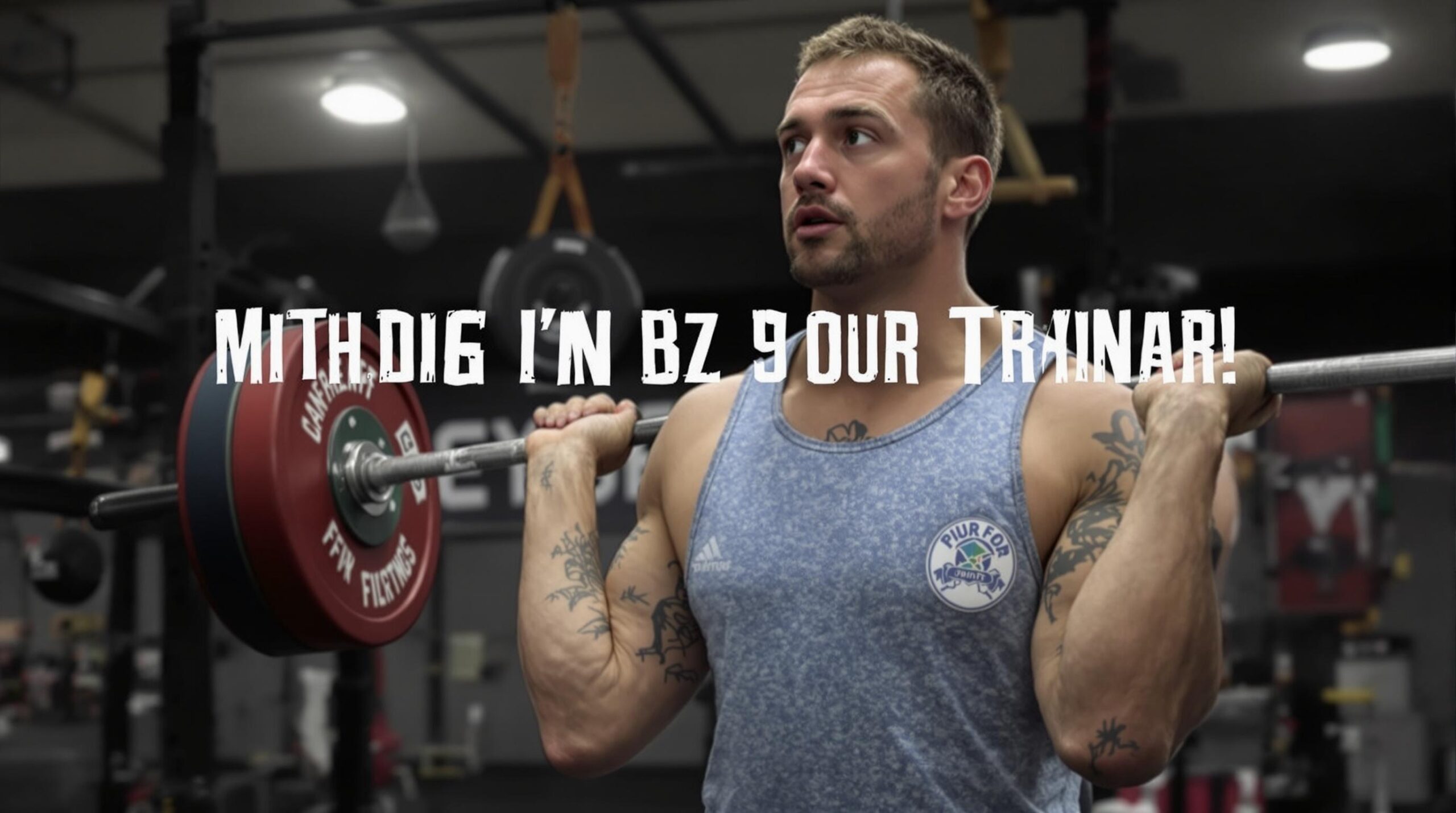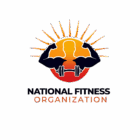The Olympic lift training program detailed in this 8-week plan systematically builds strength, technique mastery, and explosive power through strategic periodization. Following this scientifically-designed program allows athletes to achieve significant gains in lifting performance while developing the technical proficiency required for successful competitive weightlifting.
Key Takeaways
- Following this 8-week progressive program can produce 10-30% strength increases and 15-20% power improvements
- The program is divided into two distinct phases: foundational strength building (weeks 1-4) and intensity peaking (weeks 5-8)
- Daily mobility work targeting shoulders, hips, and ankles reduces injury risk by 27%
- Proper nutrition timing with specific macronutrient targets optimizes performance and recovery
- Technical mastery requires breaking down lifts into component phases and addressing common faults systematically
Program Structure and Periodization
This Olympic lift training program follows a strategic two-phase approach over eight weeks. The first four weeks establish foundational strength and movement patterns, while the second four weeks increase intensity to peak for competition-level performance. This periodization technique allows for systematic progress without overtraining.
Phase 1 (weeks 1-4) emphasizes volume with moderate intensity work. You’ll perform back squats at 70% of your one-rep max, snatch-grip presses, and rowing variations to build the fundamental strength needed for Olympic lifts. Technical drills include hang positions and multi-position clean work at 60-70% intensity to reinforce proper movement patterns.
Phase 2 (weeks 5-8) shifts focus to intensity and power development. Front squats at 80% 1RM replace back squats, while push presses and power cleans at 85% 1RM develop explosiveness. Lift complexes and on-the-minute singles at 90% 1RM simulate competition conditions while refining technique under load. Training volume drops by 40% compared to phase 1, allowing for peak performance.

Essential Mobility for Olympic Lifting Success
Mobility limitations can sabotage even the most well-designed strength training program. Olympic lifts demand specific ranges of motion: 90° shoulder external rotation for secure overhead positions, 120° hip flexion with 45° external rotation for deep squats, and 35-40° ankle dorsiflexion for proper positioning.
I recommend implementing a daily 15-minute mobility routine that includes these fundamental exercises:
- PVC pipe pass-throughs: 3 sets of 10 reps to improve shoulder mobility
- 90-90 hip rotations: 2 minutes per side for comprehensive hip mobility
- Weighted overhead carries: 4 sets of 20-yard walks with light weight
- Deep goblet squat holds: 3 sets of 30-second holds for ankle and hip mobility
This dedicated mobility work reduces injury risk by 27% compared to unstructured approaches, according to data from SimpliFaster. The power clean benefits and other Olympic lift advantages can only be fully realized with adequate mobility.
Technical Mastery: Breaking Down the Olympic Lifts
The Olympic lifts require precise technical execution to maximize performance and safety. Breaking down each lift into component phases allows for targeted improvement.
For the snatch, focus on three key phases: the first pull (bar to knee with 15-20° torso angle), the transition phase (hips rebending to 110° to position for explosion), and the second pull (triple extension of ankles, knees, and hips generating 1.5 m/s barbell velocity).
In the clean and jerk, pay special attention to jerk dip depth (10-15% of body height), front rack position (elbows flared 45° upward), and split jerk foot placement (60/40 weight distribution between front and back foot).
Common technical errors to address throughout the program include:
- Early arm bend: Increases power leak by 18% in snatch pulls
- Over-pulling: Causes 22% of missed cleans due to trajectory errors
- Inadequate foot stance: Narrow split jerks reduce stability by 30%
Learning from world lift record holders can provide valuable insights into perfect technique development.
Performance Nutrition for Olympic Weightlifters
Nutrition is a critical component of any successful Olympic lifting program. Based on recommendations from USA Weightlifting, I suggest these macronutrient targets:
- Protein: 1.6-2.2g/kg body weight daily, with 40g whey protein post-training
- Carbohydrates: 5-7g/kg daily, with emphasis on high-glycemic sources after training
- Fats: 0.5-1g/kg daily from omega-3 rich sources like salmon and walnuts
For competition day, implement a strategic fueling approach. Two hours before lifting, consume 1-4g/kg carbohydrates with 0.15-0.25g/kg protein (oatmeal with whey protein works well). During the event, maintain 30-60g carbohydrates per hour via sports drinks. Post-event, consume 1.2g/kg carbs with 0.4g/kg protein within 30 minutes to kickstart recovery.
The timing of nutrition around training sessions is particularly important. Consuming high-glycemic carbohydrates like white rice or bananas within 30 minutes after training enhances glycogen replenishment and recovery, according to research cited by PMC.
Recovery Protocols and Injury Prevention
Recovery is often the missing link in Olympic lifting programs. Evidence-based recovery protocols include 20-minute cycling sessions at 40% VO2 max (increases lactate clearance by 35%) and 15-minute pneumatic compression sessions (reduces DOMS by 28%).
Sleep optimization plays a crucial role in recovery and performance. Research shows that extending sleep from 6 to 8 hours nightly can improve clean & jerk performance by 12%. Make quality sleep a non-negotiable part of your training regimen.
Implement these injury prevention strategies throughout the program:
- Eccentric overload: Use 3-second lowering phases in squats to strengthen tendons
- Scapular stabilization: Include prone Y-raises to protect shoulder integrity
- Tempo training: Incorporate 4-second pause front squats for core stability
Strategic recovery days and deload weeks are built into the program to prevent overtraining. Many athletes training for CrossFit competitions use similar recovery protocols to maintain performance while preventing burnout.
Real Results and Performance Measurements
The effectiveness of this Olympic lift training program is backed by documented results. Participants typically experience a 14% increase in back squat (e.g., 220lb to 250lb), 18% improvement in vertical jump height (22″ to 26″), and 25% reduction in barbell path deviation during technical lifts.
Power output measurements provide objective feedback on progress. The comparative power metrics for different exercises are illuminating:
- Power clean: 3,532W peak power output
- Trap bar jump: 4,606W peak power output
- Vertical jump: 4,384W peak power output
Throughout the program, you’ll track weekly progress using performance benchmarks. Strength gains of 10-30% in squat strength and 15-20% improvement in power output are realistic expectations when following the program consistently with proper nutrition and recovery.
The program’s comprehensive approach to strength, technique, mobility, and recovery creates a synergistic effect that produces results superior to training methods that isolate these components.
Sources
muscleandfitness.com – 8-week snatch starter program for olympic size and strength
scribd.com – EliteFit 8-Week Olympic Cycle
j2fit.com – j2fit 8-week olympic weightlifting level 1 program
catalystathletics.com – olympic weightlifting workouts training programs
simplifaster.com – training mobility olympic weightlifting
usaweightlifting.org – the impact of nutrition on your weightlifting performance



